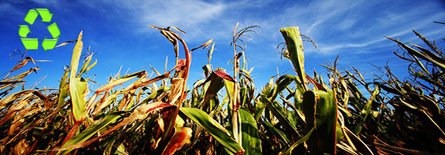
Renewable Plastics
Renewable Plastics are plastics that are made from renewable or reproducible sources such as plant based products. Renewable plastics such as cellulosic material has been used in the production of plastic materials since the early 1900’s. More information can be found here.
Blackwell Plastics has decades of experience in sourcing, specifying, and processing renewable sources of plastic in a wide range of applications. The following are three examples of renewable plastic in commodity to engineering applications.
- Cellulose Acetate: Blackwell Plastics utilizes a renewable plastic made from cellulose or wood fiber in the manufacturing of toothbrushes. This material has excellent cosmetic appearance, has good chemical resistance, and is near water clear. More information can be found here.
- Polylactic Acid (PLA): A biodegradable, thermoplastic, aliphatic polyester, derived from renewable sources such as corn starch or sugarcane. This resin has also been available since the early 1900’s but has only recently become recognized for its renewableattributes. Blackwell Plastics uses this material in energy exploration applications where the water soluble characteristics are important. More information can be found here.
- Nylon 11 (PA11): An engineering grade thermoplastic made from renewable sources such as castor bean. This resin has excellent chemical resistance, particularly to hydrocarbons, wide working temperatures (-40C to 130C), good dimensional stability, and low density. This renewable source plastic is less hygroscopic than other nylons. Blackwell Plastics uses this renewable source plastic in applications in the aerospace market that require excellent chemical resistance and resistance to gaining moisture. More information can be found here.
For more information on how Blackwell Plastics can support your plastic injection molded or plastic extrusion products, call Project Engineering at (713)643-6577 or ask an engineer